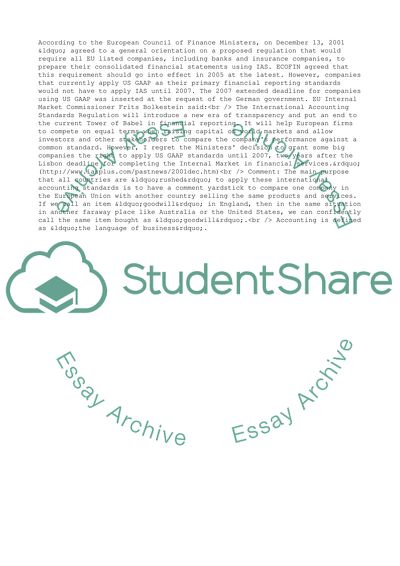Cite this document
(International Accounting Standard 38 on Intangibles Assignment, n.d.)
International Accounting Standard 38 on Intangibles Assignment. Retrieved from https://studentshare.org/business/1535416-international-accounting-report-of-a-major-italian-company
International Accounting Standard 38 on Intangibles Assignment. Retrieved from https://studentshare.org/business/1535416-international-accounting-report-of-a-major-italian-company
(International Accounting Standard 38 on Intangibles Assignment)
International Accounting Standard 38 on Intangibles Assignment. https://studentshare.org/business/1535416-international-accounting-report-of-a-major-italian-company.
International Accounting Standard 38 on Intangibles Assignment. https://studentshare.org/business/1535416-international-accounting-report-of-a-major-italian-company.
“International Accounting Standard 38 on Intangibles Assignment”, n.d. https://studentshare.org/business/1535416-international-accounting-report-of-a-major-italian-company.


